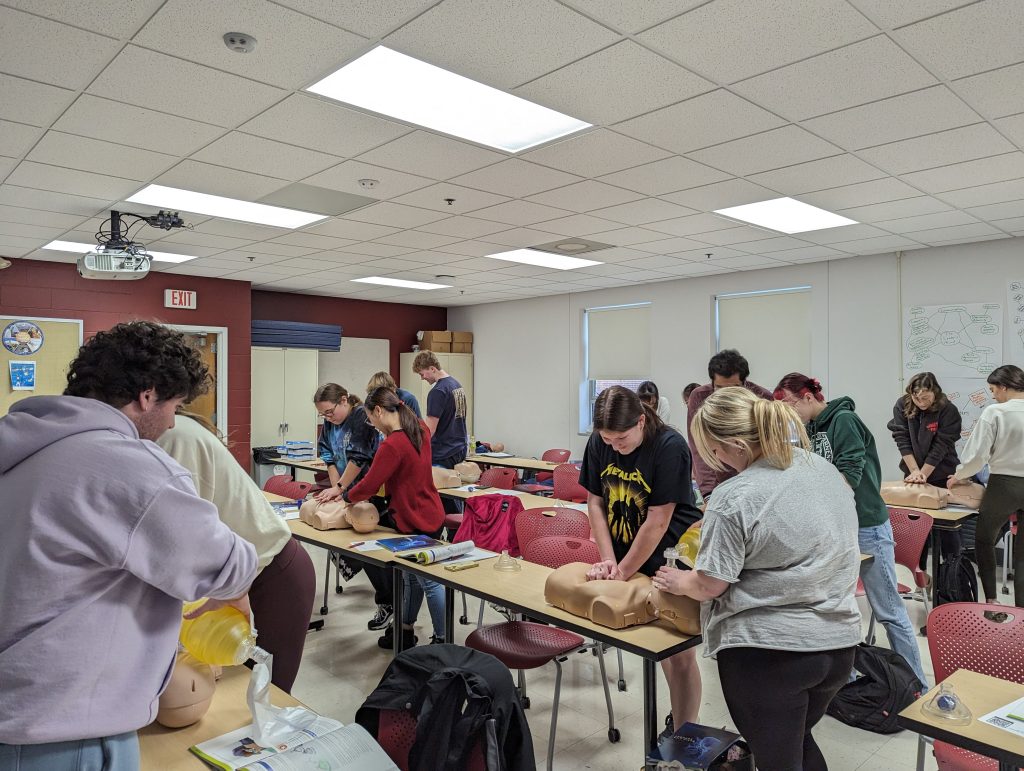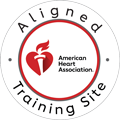In today’s fast-paced healthcare environment, staying current with life-saving skills is not just a recommendation—it’s a necessity. Transitioning from Basic Life Support (BLS) to Advanced Cardiovascular Life Support (ACLS) represents a critical step forward for healthcare professionals committed to delivering high-quality emergency care. While BLS provides the essential building blocks for responding to life-threatening situations, ACLS equips providers with advanced tools and knowledge to manage complex cardiovascular emergencies more effectively. This leap in training not only enhances patient outcomes but also elevates your professional standing and opens new doors in your medical career.

Understanding the Difference: BLS vs ACLS
What is BLS (Basic Life Support)?
BLS is often the first certification healthcare providers obtain. It covers foundational skills like performing high-quality CPR, using an automated external defibrillator (AED), and maintaining a clear airway. These interventions are crucial during sudden cardiac arrest, and BLS ensures that responders can act quickly and efficiently in solo or team-based situations. Typically, BLS is geared toward a wide audience—including nurses, EMTs, medical assistants, and even non-clinical staff in healthcare settings—providing the basic competencies needed for immediate response to cardiac emergencies.
What is ACLS (Advanced Cardiovascular Life Support)?
In contrast, ACLS takes emergency care to the next level. Designed specifically for healthcare providers working in advanced settings, ACLS involves a more comprehensive approach. It integrates advanced airway management techniques, pharmacological interventions, and algorithm-based treatment protocols for conditions like bradycardia, tachycardia, and cardiac arrest. ACLS training emphasizes the importance of team dynamics, effective communication, and critical thinking in high-pressure environments. Unlike the more straightforward nature of BLS, ACLS demands a deeper understanding of cardiac rhythms, emergency medications, and patient assessment.
Key Distinctions
One of the most noticeable differences between BLS and ACLS is the complexity of clinical decision-making. While BLS focuses on individual actions, ACLS introduces a collaborative, team-based model. This approach is especially important in environments such as emergency rooms or intensive care units, where interdisciplinary teams must work together seamlessly. Additionally, ACLS incorporates the use of advanced equipment and medication management, preparing providers to deliver targeted, time-sensitive care.
Who Should Transition from BLS to ACLS?
So, who should make the transition from BLS to ACLS? The answer lies in both the individual’s role and their aspirations. Nurses working in critical care units, emergency department personnel, paramedics aiming for more advanced responsibilities, and physicians or physician assistants involved in acute patient care all benefit from ACLS training. Respiratory therapists, who often support airway management and ventilator support during emergencies, are also ideal candidates. For these professionals, ACLS certification often leads to increased responsibilities, greater job security, and opportunities for leadership roles within their institutions.
Career Advancement Opportunities
Career advancement is a significant motivator for making the jump to ACLS. Employers increasingly seek out candidates with ACLS certification for roles that demand quick thinking and clinical competence. With this certification, healthcare workers not only demonstrate their commitment to patient care but also gain access to higher-paying positions and expanded job prospects across hospitals, urgent care centers, and specialty clinics.
Call Us Now
Get the Best CPR Class in Kansas City Today!
Prerequisites and Readiness Assessment
Before enrolling in an ACLS course, candidates must meet certain prerequisites. Most training providers require a current BLS certification and recommend a solid foundation in medical terminology and basic anatomy. Prospective students should assess their comfort level with emergencies, familiarity with cardiac rhythms, and readiness to engage in more complex learning. This self-assessment ensures that learners can build on their existing skills without becoming overwhelmed.
What to Expect in ACLS Training
ACLS training programs typically span 8 -10 hours, depending on experience and course format. These programs often blend online theoretical components with in-person skills labs and simulations. During training, learners explore key topics such as the systematic approach to cardiac arrest, pharmacology, advanced airway management, post-cardiac arrest care, and effective communication within a code team. Through megacode simulations and real-world scenarios, students apply their knowledge in practical, hands-on settings.
Preparing for Your ACLS Course
Preparation is crucial to succeed in an ACLS course. The American Heart Association (AHA) offers up-to-date guidelines, recommended textbooks, and mobile apps designed to support self-study. Learners are encouraged to review common emergency medications, practice EKG rhythm recognition, and reinforce BLS techniques. Additionally, understanding team roles and participating in group learning can ease test anxiety and build confidence.
The ACLS Certification Process
The ACLS certification process includes both a written exam and a practical skills assessment. The written component evaluates knowledge of protocols, medications, and cardiac rhythms. The hands-on portion tests individual proficiency in megacode scenarios, airway management, and team leadership. To pass, candidates must demonstrate both theoretical understanding and practical application of ACLS principles. Certification is valid for two years, and ongoing education is essential for renewal.
Benefits of ACLS Certification
The benefits of ACLS certification extend far beyond a piece of paper. Clinically, providers develop a deeper understanding of cardiovascular care and improve their ability to act decisively during emergencies. Professionally, they gain a competitive edge in the job market, qualify for a wider range of positions, and often receive greater recognition from peers and supervisors. Personally, certified individuals feel more confident and prepared to contribute meaningfully to their healthcare teams, reinforcing a lifelong commitment to learning and excellence.
Common Challenges and How to Overcome Them
Of course, the journey from BLS to ACLS is not without its challenges. Many students experience a steep learning curve as they adapt to more advanced material. However, with consistent practice, the use of structured study tools, and support from experienced instructors, even the most complex skills become manageable. To overcome test anxiety, learners should engage in mock scenarios, seek feedback from peers, and take advantage of available resources.
Maintaining Your Skills After Certification
Maintaining ACLS proficiency requires regular practice and staying informed about updates to AHA guidelines. Continuing education units (CEUs), refresher courses, and hands-on workshops all help keep skills sharp. Some professionals even choose to pursue additional certifications, such as Pediatric Advanced Life Support (PALS) or instructor-level credentials, further advancing their careers and leadership potential.
Conclusion
Making the transition from BLS to ACLS represents a pivotal advancement in your healthcare career, positioning you at the forefront of emergency cardiovascular care. This progression demonstrates your commitment to providing the highest standard of patient care during critical moments when every second counts.
The enhanced skills you’ll gain through ACLS training—from advanced airway management to complex arrhythmia interpretation—will transform how you approach cardiac emergencies. These competencies not only expand your clinical capabilities but also increase your value as a healthcare professional in today’s competitive medical landscape.
Your journey from basic life support to advanced cardiovascular life support reflects the natural evolution of medical expertise. With proper preparation, hands-on practice, and a comprehensive understanding of ACLS algorithms, you’ll be equipped to lead resuscitation efforts and make critical decisions that save lives.
Call to Action
Ready to advance your emergency care skills? CPR Kansas City, an American Heart Association training site, offers comprehensive ACLS certification courses designed for healthcare professionals like you. Our stress-free, hands-on approach ensures you’ll gain confidence while mastering advanced techniques.
Don’t wait to enhance your career prospects and patient care capabilities. Whether you’re pursuing your first ACLS certification in Kansas City or need BLS certification in Kansas City, our expert instructors provide the Best CPR training experience in the region.


